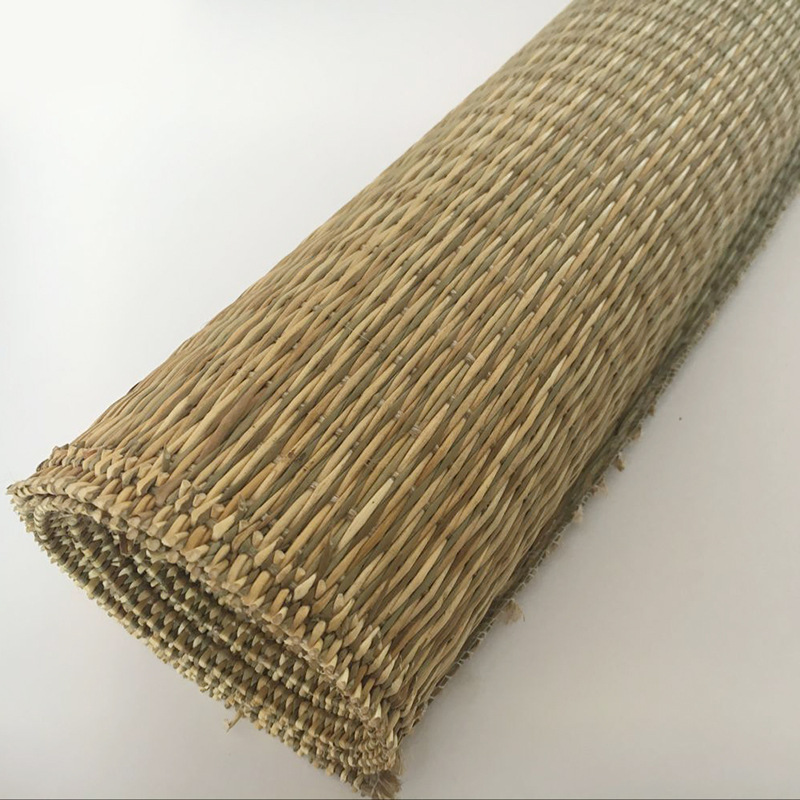Tameshigiri Cutting Mat Selection: Your Guide to Perfecting Your Swordsmanship

Alright, so you’ve decided to level up your katana skills and practice Tameshigiri—that’s awesome! As someone who’s been swinging a sword for years (and yes, I’ve messed up more than a few times), I can tell you that having the right Tameshigiri cutting mat is key to getting the most out of your training. Whether you’re a Kenjutsu practitioner or someone who’s diving into Iaido, these mats are an absolute must if you’re looking to safely and effectively practice your cutting techniques.
Let’s talk about everything you need to know about choosing the right cutting mat for Tameshigiri. I’ll share my personal experience and expertise, so you can make an informed decision, avoid common mistakes, and get the most out of your training.
What is Tameshigiri, and Why Do You Need a Cutting Mat?
First off, let’s break it down for those who are new to Tameshigiri. It’s the Japanese art of cutting with a sword—usually, a katana. This practice is a crucial part of training, helping you build precision, strength, and control. When you’re practicing, you need something to cut. That’s where cutting mats come into play. Without the right one, you risk damaging your blade or not getting an accurate feel for your cuts.
Tameshigiri cutting mats are specially designed to simulate the feeling of cutting through targets like bamboo or tatami. They allow you to practice your cuts without the mess or risk of injury. But not all mats are created equal! The right mat will give you proper feedback, protect your sword, and even enhance your practice.
How to Choose the Right Tameshigiri Cutting Mat
When I first started practicing Tameshigiri, I didn’t pay much attention to the type of mat I was using. Big mistake! Over time, I realized that the quality of the mat can make a huge difference in your training. Here’s what you should consider when selecting a cutting mat:
1. Material: What’s Inside Matters
The material of your Tameshigiri mat is crucial. You’ll want something that feels realistic but also protects your blade. Most cutting mats are made from compressed rice straw or plastic fibers that mimic the texture of a real target. Here’s a quick breakdown of common materials:
| Material | Pros | Cons |
|---|---|---|
| Rice Straw | Realistic feel, absorbs impact well, traditional choice for samurai practice. | Can get worn out after prolonged use, needs to be replaced often. |
| PVC/Plastic Fiber Mats | Durable, long-lasting, easier to clean, often used for indoor practice. | Less realistic feel, doesn’t replicate the organic nature of tatami. |
| Rubber-Based Mats | Great for beginners, softer impact, low-maintenance. | Doesn’t replicate cutting through a real target as effectively. |
2. Thickness and Density: Not All Mats Are Equal
The thickness of the mat will determine how much resistance you feel when you strike it. Too soft, and it won’t challenge you. Too thick, and you might not get a clean cut. Ideally, you want a mat that provides just the right amount of resistance for your skill level. If you’re a beginner, start with medium-density mats that don’t require too much force but still provide feedback.
My advice: If you’re serious about improving your technique, go for a mat that balances between durability and authenticity—something that simulates the resistance of tatami or other traditional materials.
3. Size: A Perfect Fit for Your Cuts
When you’re practicing Tameshigiri, the size of your cutting mat matters. If you’re working with a full-sized katana, you’ll need a mat that’s large enough to mimic real cutting surfaces. The mat should also fit comfortably in your practice space.
Most Tameshigiri mats come in various sizes, so it’s essential to choose one that allows for full body movement and provides room for a wide range of cuts—especially if you’re practicing horizontal, diagonal, or vertical cuts. You don’t want your mat to be too small or cramped.
4. Indoor vs. Outdoor Mats
Some mats are designed specifically for indoor practice, while others are weather-resistant for outdoor use. If you’re lucky enough to have a large outdoor space, an outdoor mat is a great option for larger, more dramatic cuts. Indoor mats, however, are usually easier to store and provide a more controlled environment for training.
I’ve done both—practicing in my living room and outdoors during the warmer months. If you’re going the outdoor route, make sure your mat is built to handle the elements, like rain or humidity.
Benefits of Using a Tameshigiri Cutting Mat
1. Preserves Your Katana
Tameshigiri cutting mats are a great way to practice without worrying about dulling or damaging your blade. The right mat provides resistance without the harsh impact that can occur when practicing on wood or stone surfaces. You get the feedback and control you need without wrecking your katana in the process.
2. Realistic Training
The feedback you get from the mat will help you improve your cuts over time. A good mat will feel like you’re cutting through a real target, helping you work on precision, timing, and strength. It’s as close as you can get to cutting through tatami mats without the mess or expense of using real targets.
3. Safety
If you’re practicing alone or with others, a cutting mat ensures that you’re training safely. No matter how sharp your katana is, practicing without a proper cutting mat could lead to injury, accidents, or wasted practice time. With a well-constructed mat, you reduce the risk of harm to yourself or others nearby.
Frequently Asked Questions (FAQ)
Q: Do I need a real katana to practice with these mats?
A: No, you don’t! While it’s ideal to practice with a katana, many people start with a bokken (wooden sword) or shinai (bamboo sword). If you’re a beginner, using a bokken will allow you to practice your cutting technique without the risk of injury or damage.
Q: Can I use these mats for other types of sword practice?
A: Yes! While Tameshigiri is often associated with Kenjutsu and Iaido, these mats are versatile and can be used for other forms of sword practice. They’re designed to simulate the cutting resistance found in traditional Japanese swordsmanship, so they work great for a variety of styles.
Q: How long do Tameshigiri cutting mats last?
A: The lifespan of your mat depends on the material and frequency of use. Mats made of rice straw or PVC tend to wear out over time, especially if you’re practicing regularly. I recommend checking the condition of your mat every few months and replacing it if necessary.
Q: What’s the best way to store a Tameshigiri cutting mat?
A: For indoor mats, make sure to store them in a dry place where they won’t get damaged. PVC and rubber mats can usually be rolled up, while straw mats should be stored flat to avoid deformation.
Conclusion
Choosing the right Tameshigiri cutting mat is an essential part of your swordsmanship journey. Whether you’re a beginner or an advanced practitioner, the mat you choose can make a world of difference in your training. By selecting the right material, thickness, and size, you’ll ensure a safe, effective, and rewarding practice.
So, take your time, choose wisely, and get to work cutting your way to mastery. Trust me, with the right mat, you’ll see improvements in no time—and most importantly, you’ll be cutting with precision, power, and confidence!
o3-mini
